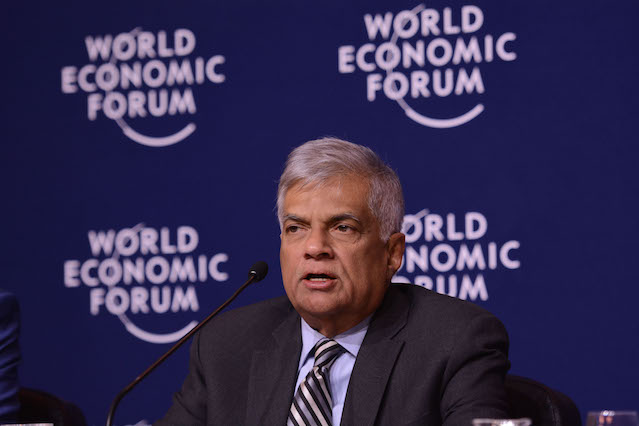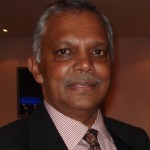A Brief Colonial History Of Ceylon(SriLanka)
Sri Lanka: One Island Two Nations
A Brief Colonial History Of Ceylon(SriLanka)
Sri Lanka: One Island Two Nations
(Full Story)
Search This Blog
Back to 500BC.
==========================
Thiranjala Weerasinghe sj.- One Island Two Nations
?????????????????????????????????????????????????Thursday, January 19, 2017
Two Years Of “Yahapālanaya”: Is Development A Mere Mirage?

By Ratnam Nadarajah –January 18, 2017
8th January 2015 for most people in Sri Lanka was a new dawn, a new
President followed in July with the formation of a National Unity
government, with a promise of good governance and all that goes with the
new broom.
There were all sorts of promises and mega plans for the nation. Also a
promise to bring to account all those robbed the country during the
previous regime.
Here we are two years down the line; what have we achieved. Not much, to
say the least. Yes, we have borrowed to the tune of billions of dollars
from various sources to prop up the economy, to service the loans and
debts accumulated by the previous regime and currently to service the
legislators needs and demands.
When simple checks and balances are made, there is nothing to show for;
in the eyes and minds of the populace. “A week is a long time in
politics”. Harold Wilson (who was also instrumental in formulating “the
white heat of technological revolution” in the UK).
But two years is a lifetime in any book!
The balance sheet shows zero progress in the sphere of development of
the nation. There have been many meeting, well hyped symposiums, and
statements over the past two years. But to date there is nothing
concrete except the recent fiasco of Volkswagen car assembly plant
foundation laying exercise. Which turned out to be disappointing. The
same thing with the so called Italian company funded tyre factory.

Let us start from the fundamentals of development:
Our citizens want to improve their living standards, want jobs
especially for the youths; they look forward to the government of the
day to take initiatives to full fill their election promises.
In evaluating the degree of economic development of nations, most
commonly used indexes are the Gross Domestic Product (GDP), Gross
National Product (GNP), and the Human Development Index (HDI). I dare
say, we have made no significant progress in the last two years.
For any development to take place we need the resources; man power,
material, infrastructure, and capital as pre-requisites. Do we have the
skilled workforce in enough numbers to meet the demands of modern and
technologically based industries we want to create and produce high
value products? The short answer is no. The available pool of qualified
technicians, engineers and managers is rather wanting in practical
experience and training to meet the requirements of these employers both
local and foreign multinationals. This is the egg and chicken
situation.
A critical challenge for manufacturers will be to approach footprint
decisions in a more nuanced way. Labour intensive industries will almost
always follow the path of low wages, but others, with more complex
needs, must weigh factors such as access to low-cost transportation, to
consumer insights, or to skilled employees.
For policy makers, supporting manufacturing industries and competing
globally means that policy must be grounded in a comprehensive
understanding of the diverse industry segments in a national or regional
economy, as well as the wider trends affecting them. For example,
shapers of energy policy need to consider; higher or lower energy costs
will affect which segments, how great the impact is likely to be, and
what magnitude of difference will trigger a location decision.
Environmental factors are another important aspect to be considered at
the planning stages. We do not want to be the dumping ground. Policy
makers should also recognise that their long-term goals for growth,
innovation, and exports are best served by supporting critical enablers
for manufacturers (such as investing in modern infrastructure) and by
helping them forge the connections they will need to access rapidly
growing emerging markets.


